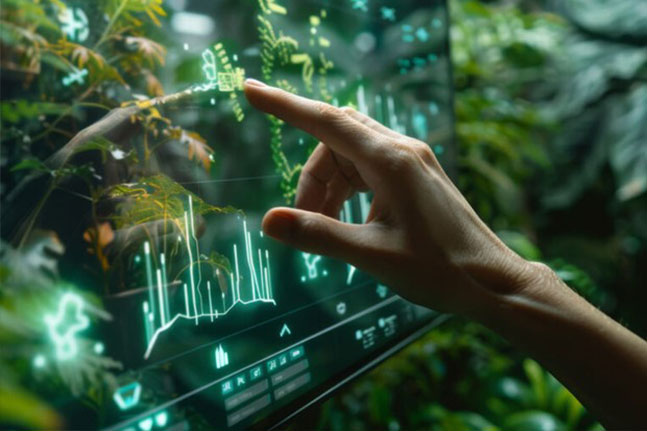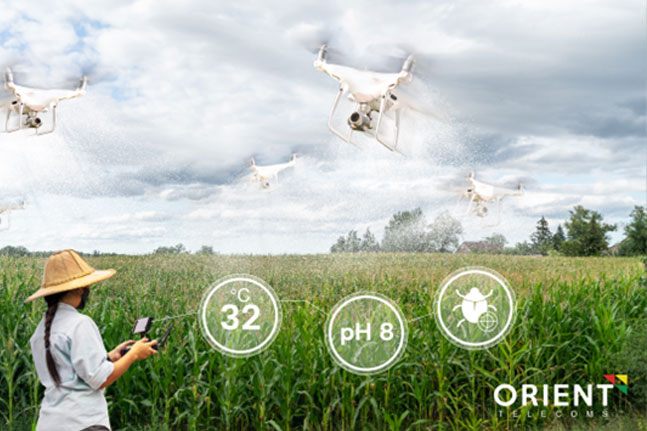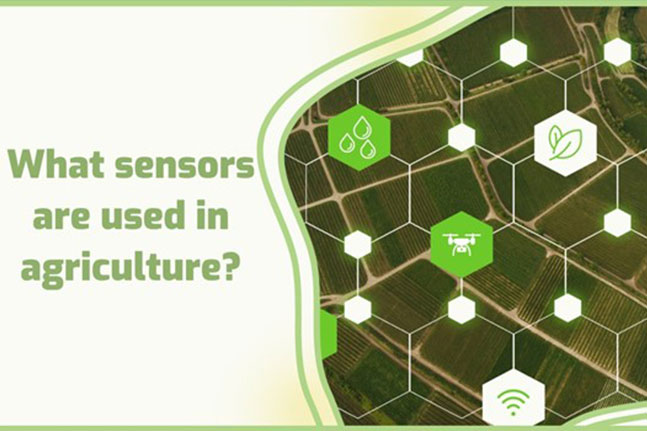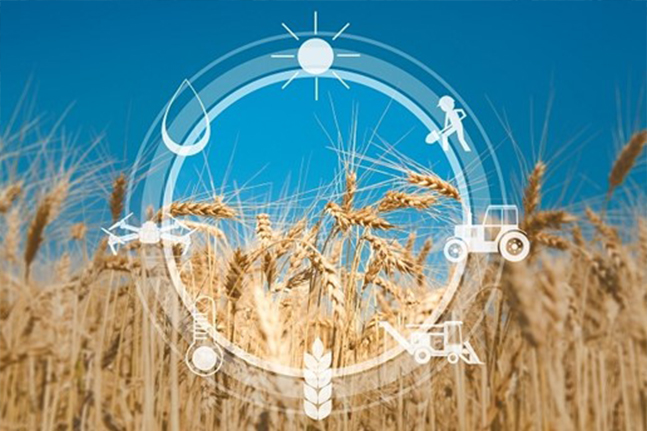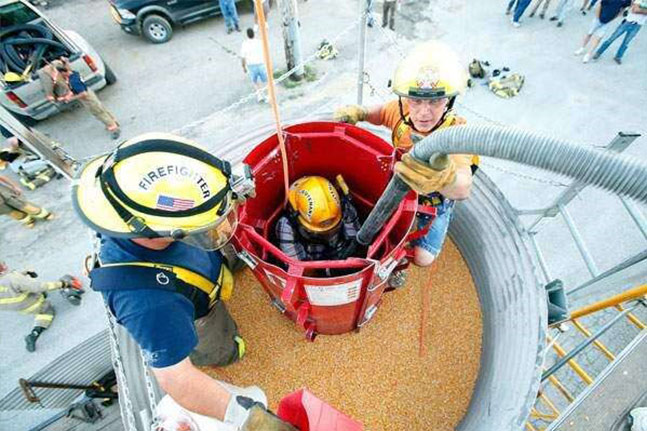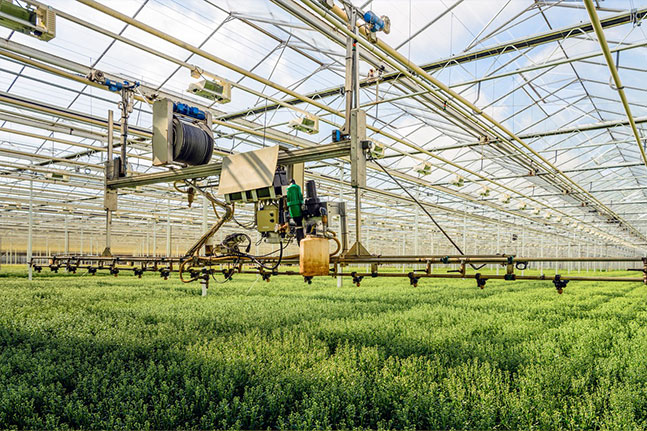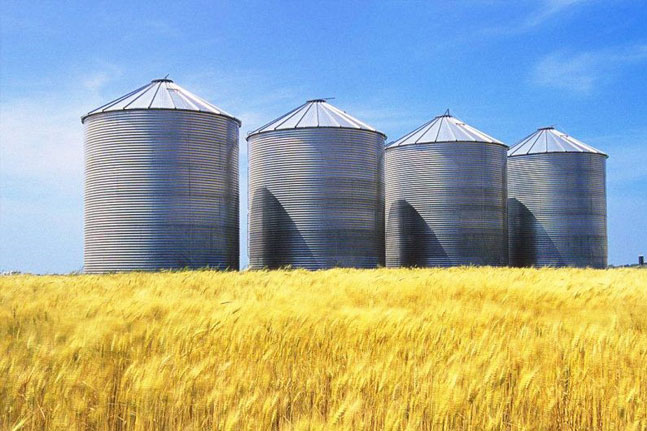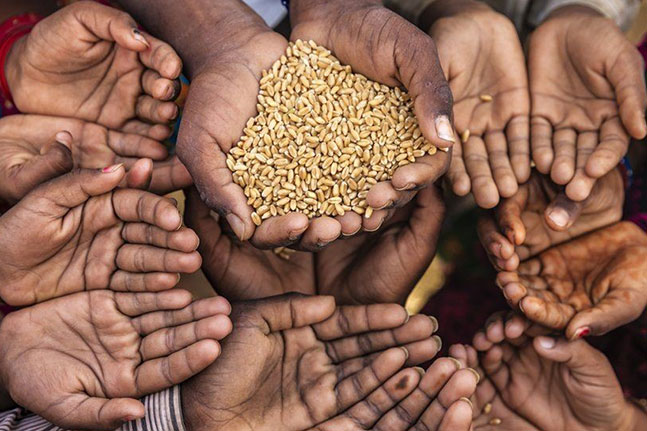January 20, 2025
The agricultural sector faces unprecedented challenges as global population growth demands increased food production. AI in agriculture offers innovative solutions to these pressing issues.
December 26, 2024
In times of adverse weather conditions or crop diseases, farmers often face difficulties in achieving high yields. Similarly, during global pandemics, managing various processes becomes more challenging due to the lack of digitalization.
November 27, 2024
Can agriculture-based economy take benefit from the emerging technologies like AI-based Automated Robotic Systems to optimize irrigation, crop monitoring, farming, automate spraying and optimize...
October 25, 2024
Due to population growth, climate change, reduced rainfall, and increasing demand for food, farming is being negatively impacted, leading to changes in cultivation methods.
September 27, 2024
Connected sensors, smart tractors, drones, ML, AI farm management software, and smartphone apps are quietly reshaping what has been a low-tech industry.
August 20, 2024
According to the Bureau of Labor Statistics, it only takes five seconds for a worker to become engulfed in flowing gain and unable to escape—60 seconds to be completely submerged
June 24, 2024
Innovation is more important in modern agriculture than ever before. The industry as a whole is facing huge challenges: from rising costs of supplies and labor shortages to changes in consumer preferences for transparency and sustainability.
May 28, 2024
storing grain for a longer period of time is part of your marketing strategy, follow these tips to keep grain in condition.
To most effectively market your grain, you may need to store it into summer and possibly into the next year.
April 18, 2024
What we refer to as hunger can be experienced in different ways. At its essence, it is a painful sensation caused by not eating enough food. The inability to obtain food in the face of hunger is a grievous violation of the right to food.

